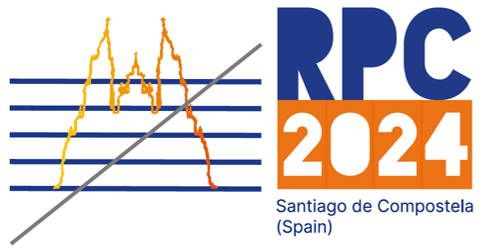Speaker
Description
The ALICE Time Of Flight (TOF) detector, composed of 1593 Multigap Resistive Plate Chambers (RPCs) with a gas mixture of Freon (93%) and SF6 (7%), covers an active area of approximately 140 m² and includes over 150000 readout channels. During the LHC long shutdown in 2018-2022, the detector underwent a major upgrade of its readout, allowing for continuous data taking and, therefore, to handle the current increase in interaction rate provided by the LHC.
After 15 years of operation, the detector’s stability remains excellent, with no observable degradation in the driven current, the global rate and uniformity, or in particle detection efficiency. In this contribution, the detector performance achieved so far in LHC Run3 will be presented.
The continuous readout of the MRPC signal wouldn't be possible without the low and stable background rate of the single MRPC pad, which can now be monitored continuously, differently from the selected trigger matching window approach used in LHC Run 1 and Run 2. The calibration procedure for the detector in the continuous readout scheme will be discussed, with an overall time resolution better than the target design of 80 ps, along with the implications for particle identification performance. A few examples of PID applications in physics analysis will also be described.

